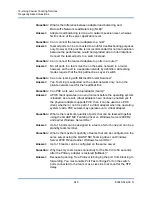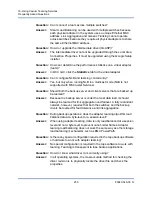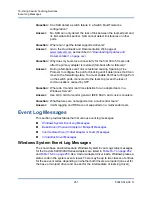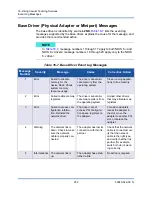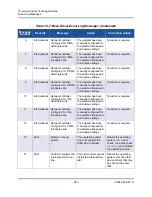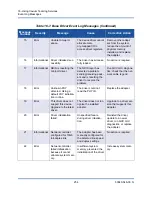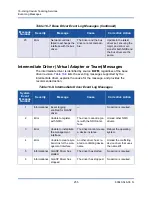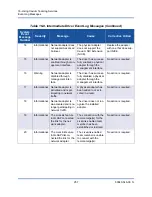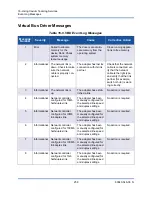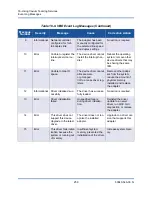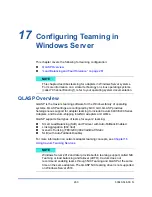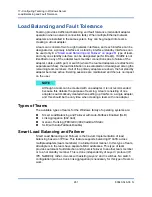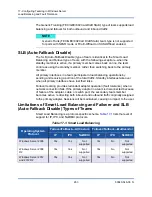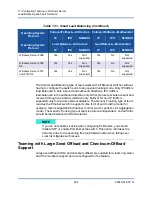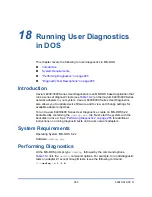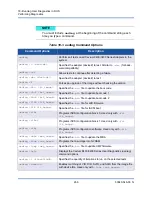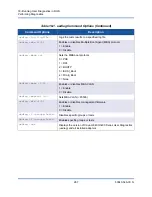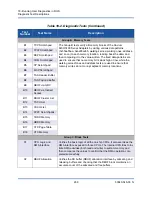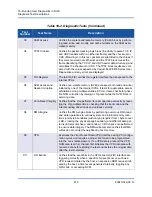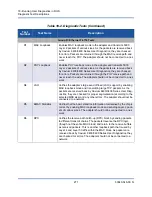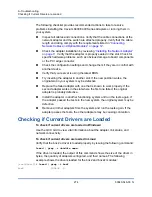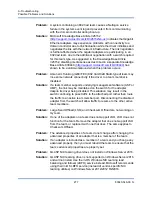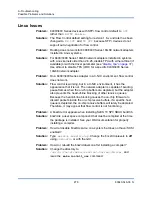
17–Configuring Teaming in Windows Server
Load Balancing and Fault Tolerance
263
83840-546-00 N
The Generic Trunking (FEC/GEC/802.3ad-Draft Static) type of team supports load
balancing and failover for both outbound and inbound traffic.
SLB (Auto-Fallback Disable)
The SLB (Auto-Fallback Disable) type of team is identical to the Smart Load
Balancing and Failover type of team, with the following exception—when the
standby member is active, if a primary member comes back on line, the team
continues using the standby member, rather than switching back to the primary
member.
All primary interfaces in a team participate in load-balancing operations by
sending and receiving a portion of the total traffic. Standby interfaces take over
when all primary interfaces have lost their links.
Failover teaming provides redundant adapter operation (fault tolerance) when a
network connection fails. If the primary adapter in a team is disconnected because
of failure of the adapter, cable, or switch port, the secondary team member
becomes active, redirecting both inbound and outbound traffic originally assigned
to the primary adapter. Sessions will be maintained, causing no impact to the user.
Limitations of Smart Load Balancing and Failover and SLB
(Auto-Fallback Disable) Types of Teams
Smart Load Balancing is a protocol-specific scheme.
lists the level of
support for IP, IPX, and NetBEUI protocols.
NOTE
Generic Trunk (FEC/GEC/802.3ad Draft Static) team type is not supported
for ports with NPAR mode or FCoE-Offload or iSCSI-Offload enabled.
Table 17-1. Smart Load Balancing
Operating System
Protocol
Failover/Fallback—All Cavium
Failover/Fallback—Multivendor
IP
IPX
NetBEUI
IP
IPX
NetBEUI
Windows Server 2008
Yes
Yes
Not
supported
Yes
No
Not
supported
Windows Server 2008
R2
Yes
Yes
Not
supported
Yes
No
Not
supported
Windows Server 2012
and 2012 R2
Yes
Yes
Not
supported
Yes
No
Not
supported

